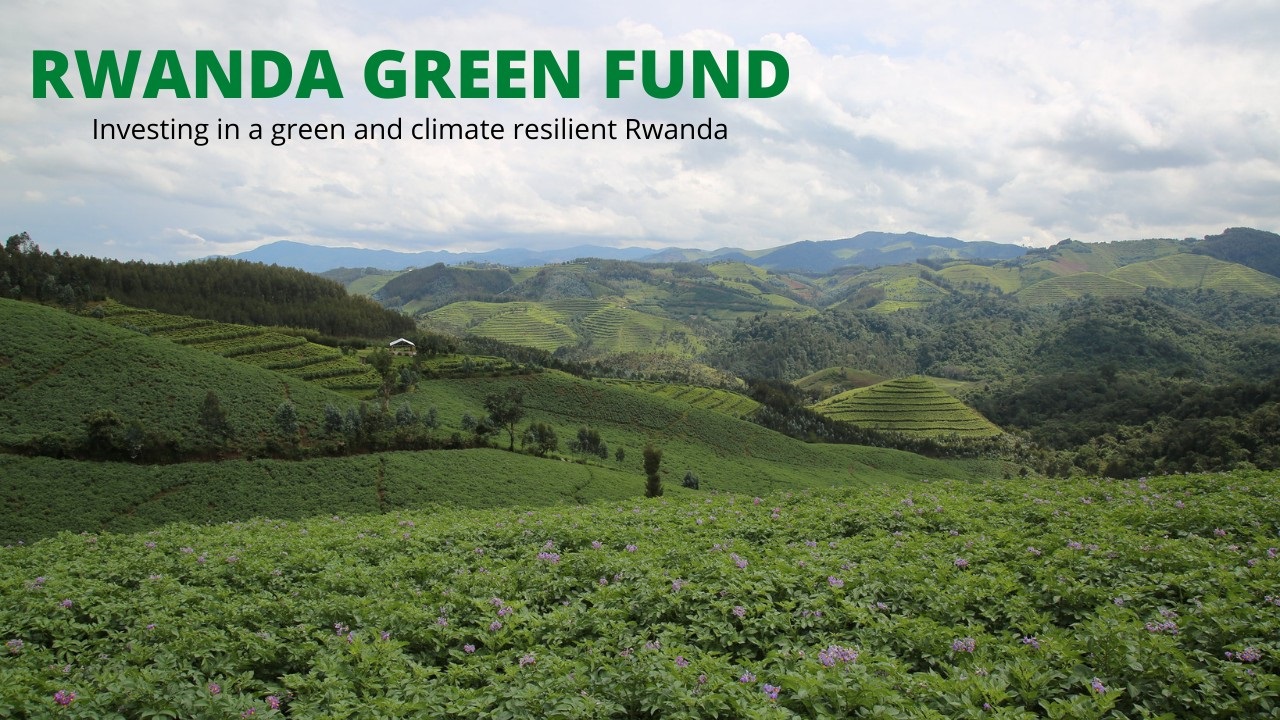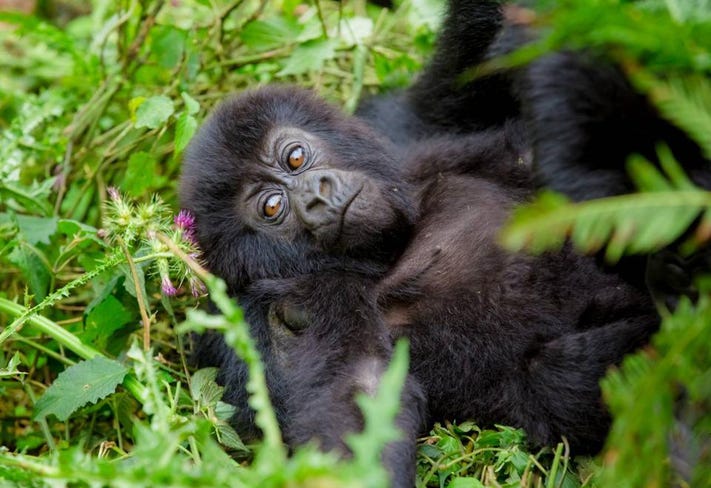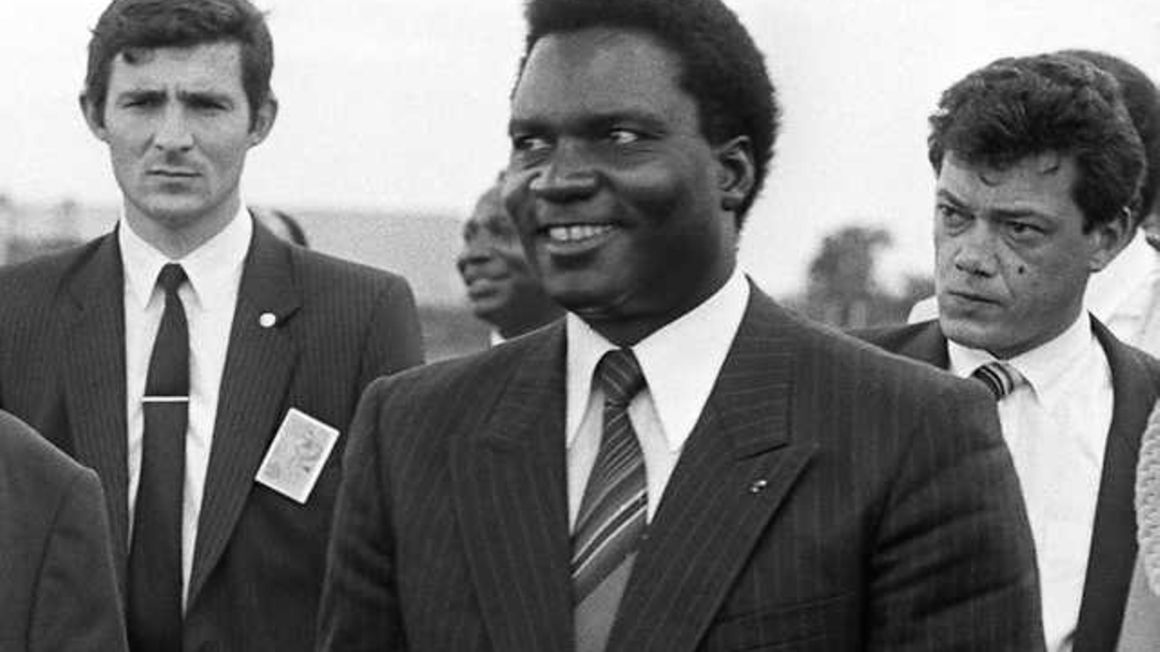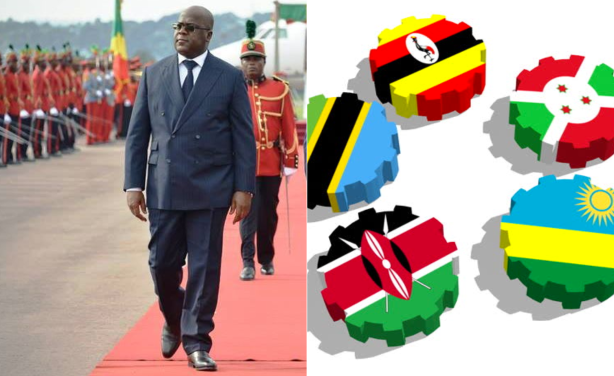Business
Making green financing a reality

As the curtain falls on COP26, the world is wondering how nations
can make good on big promises to pursue development while containing the
climate crisis. Rwanda, for example, needs sweeping investment to realise its
climate change goals in ways that don’t compromise economic development. As
such, making the promises on ‘green financing’ a reality will be essential.
Taking centre stage at this year’s climate conference has been
discussions on ‘green finance’ – the financing of sustainable business models and
policies – and the goal to secure $100bn in pledges to help decarbonise the
world economy. This financing is vital to support countries in the fight
against climate change through adaptation and mitigation programmes. But
currently, green finance remains an abstraction, with many investors struggling
to assess just how green their investments really are.
A new pilot programme that develops tools for banks to assess how
green their investments are might be about to change all that, with results
that could revolutionise green financing.
Green credit check
An initiative is underway in Rwanda to trial new tools to ‘green
rate’ Small and Medium Sized Enterprises (SMEs). SMEs will be assessed
according to data held by banks (including development banks) on the businesses
they support. This information will then be converted into climate metrics,
with the companies rated according to the levels of emissions emitted across
all their areas of business.
The process will then become automated, allowing banks to assess
the ‘greenness’ of their current portfolio and make future lending decisions
based on accurate information on the green credentials of SMEs seeking
investment. This makes green financing a core product offering, and could be a
game-changer for fund allocation, as it acts as assurance for banks that the
companies are climate compliant.
This information will also forge the success of SMEs, enabling
them to identify areas where they can make quick wins, and reduce their
emissions (such as transport and energy consumption), boosting not only their
green credentials but their bottom line. With a green boom underway, over 40
green firms have seen their share prices triple since the start of 2019,
according to the Economist Intelligence Unit’s latest figures.
The initiative is born of a partnership between the Green Digital
Finance Alliance (GDFA) and the FIFC. The GDFA, a UN-backed organisation set up
to harness the digital technologies to boost sustainable development financing,
said Rwanda is the obvious launchpad for the move.
“Rwanda is an ideal pilot country because of its commitment to both digitalisation and to using innovative finance to deliver on its national targets under the Paris agreement.”
Rwanda has been the region’s leading environmentalist for decades.
It banned plastic bags as early as 2008, and became the first African country
to ban single use plastics in 2019. But a national plan – aiming to slash
emissions by 38% by the end of the decade and reduce up to 4.6 million tonnes
of carbon dioxide – needs $11bn to realise its ambitions. To achieve this,
Rwanda established FONERWA, Africa’s largest green fund, in order to be the
engine of green growth in the country. The KIFC will be a crucial partner in
securing this green investment and helping Rwanda towards its goals.
The KIFC is poised to be a hub of sustainable finance in Africa.
It wants to attract investment from businesses bound by the same ethical and
environmental commitments as us. We want to land inward investment that changes
lives, not just in Rwanda, but the wider continent as well. Being selected to
pioneer a project to green rate businesses strengthens our claim that the KIFC,
and Rwanda, are ripe for green investment.
In Africa, climate change is a matter of survival. Climate-driven
extreme weather, disease and natural disasters are already adversely impacting
daily lives with increasing frequency. This is why we don’t differentiate
between economic growth and environmental protection. And why the fight against
climate change is at the heart of Rwanda’s Vision 2050 programme: the
government’s overarching strategy to become an upper middle-income country by
2035 and a high-income one by 2050. These aspirations are also woven into
Rwanda’s long-term green growth and climate resilience strategy.
To reach our ambitious goals, our banks – like banks and institutions around the world – need to be able to invest with confidence in pioneering green projects. This confidence will be galvanized by tested and credible ways in gauging the ‘green rating’ of companies. This is why this pilot project is the key for companies to unlock new sources of climate financing, and for countries to turn the solemn pronouncements on green financing into a reality.
Source: www.african.business





